COUNTRY OF ORIGIN: United States
INDUSTRY: Football
"This is the LOGO INSPECTOR. LOGO, man, not JERZEEEES!"
Yes, this is true, football jerseys are not logos. However, uniforms, on sports teams and even in corporate or retail environments, ARE a form of branding, and they can and do shape consumers' opinions and ideas of what a brand is. When it comes to sports, uniforms are extremely important, not only in a sense of visual identity, but also as a major source of income. We've grown up in an era of sports where you show your sense of pride for the team by... buying a hat, or a jersey, or everything under the sun. Heck, I have enough Michigan gear to cover me from head to toe several times over.
WHY APRIL?This week the Bengals unveiled their new uniform designs, brought to you by the team sports group at Nike. If you weren't aware, April is typically the most popular month for new uniform unveils in the NFL, because the NFL Draft is held at the end of April, and most teams like to trot out their new draft pick in a shiny new jersey, also available in a matter of minutes on the team's online store for a hefty little price.
SOME HISTORY
The Bengals began their not-quite-illustrious history in 1968 as part of the new hybrid NFL, their inception in part to balance out the number of squads on both the AFL and NFL sides. There was once a wartime-era football team in town called the Bengals, and the Cincinnati Zoo had some famous tigers at the time, so the name stuck.
The original logo set, was... well, it was a football uniform, I guess. These things had no identity, obviously. I seem to remember reading somewhere that owner Paul Brown, once head coach of the Browns, perhaps chose the same shade of orange for his new fledgling team because he owned all their gear, and actually took it south with him to Cincinnati. I once read that prototypes exist of a turquoise and gold look, but that obviously didn't fly.
Seen here is former Bengal Kenny Anderson in the largely forgettable look. I don't remember sitting through many Bengals games as a toddler back then, but I do remember the little plastic bubble gum machine helmets, and dropping a quarter just to get that ugly thing was something a consumer fear I can vaguely recall.
In the months leading up to the draft, chatter coming out of Cincinnati kept dropping words like "clean" and "classic" and "throwback," leading me to believe we were inevitably going to see the Bengals follow suit of their instate rivals the Browns. Cleveland dialed up a classic look out of the 80's, fan and critical response was overwhelmingly positive, and then the boys in the new threads followed it up with their most successful season in a generation. I figured we were certain to see the Bengals return to their classic
Boomer Esiason look, seen here. If you ask me, ehhh. It's
okay. The orange always seemed too dark, and it all just seems to focus on the helmet.
To my surprise, the team did NOT do this, and instead rolled out what I think can best be described as a cleaner take on what they already had. Their old uniforms were a bit busy, but I've been on record as saying I didn't think they were that bad. They were busy, probably a sign of the times in 2004 when
they were rolled out
(shout out to Christ Creamer for making it so easy to find the date). Looking at them now, it's no secret that side panels... yeah, they reaaaaaally haven't aged that well. So it was time for a change. What I liked about this set was the ORANGE-- it really was allowed to star a bit more, and not just on the orange alternate jersey. Look how well the orange played on the away jersey, seen here from former Michigan great
Chris Perry.
My biggest criticism of the Esiason era set was that the orange never really popped-- you'd watch a game on TV and it usually looked like it was just some random team in black and white uniforms, with some other color in there somewhere. So the 2004 set alleviated that. I always liked the numbers, too.
NO LOGO?
The Bengals started their history with no logo at all, just a plain name on the side of their helmet until 1981, when their famous striped helmet became their entire visual identity. It's still a winner, and I'm glad they didn't touch the helmet at all in the redesign. But when it came to logos, for a long, LONG time the only thing we saw was a vector illustration of that same striped logo.

There was a leaping tiger in there for a while, which I believe even made it to the jersey sleeves in the 90's, and then with the 2004 redesign came this tiger head logo. I've always liked it-- tiger logos are fun because the animal itself is very complex, so it becomes this exercise of simplifying the stripes and the expression without getting away from the source too much. I've always like this graphic and wish the Bengals would use it more; to my knowledge it's never actually showed up on a uniform design. And don't get me wrong, sometimes those "never actually on the uniform" is a sort of fun trend in sports altogether, especially in baseball, but for whatever reason this guy has always seemed under-utilized in my opinion. But it's hard to argue that the striped helmet has always been the star in the Bengals visual identity, and always should be.
THE UNVEIL
Fast forward to 2021, and the Bengals roll out their star quarterback and former number one draft pick Joe Burrow and his teammates in these:
FERNS, man. Seriously. It's literally become part of their identity, even showing up as venue graphics in their stadium. What's with Ohio football teams and vegetation, anyway?
I won't go into scrutinous detail, picture after picture. You've already seen the images and there are better sources to look at them, anyway. But, as a designer, and as a branding guy, I like what I see. These uniforms are clean, and they kind of got out of their own way and seem to have been planned to get down to the core, root idea of what they should be. It's a football team. It's based on a tiger motif. They're going back to basics. Most of it works fairly cleanly.
I liked the numbers the Bengals used in the last set, and they kept a similar numerical face here. They have character but they're not overwhelmingly complex, either. It's more about style that complexity, and I guess you could say that about the entire design.
If you're looking at it in the most basic, literal terms, as a designer you clearly see you have a great visual element to start with, and that's the appearance of a tiger, one of the more aesthetically stimulating animals on the planet. But as a designer, what I see as a problem, or perhaps a problem to solve, is the fact that the color relationships on a tiger's hide are very specific. The stripes are black. They exist on white, but the strong association most people have with them are on an orange background. When you think "tiger," the image you see is an orange cat with black stripes, of course. Colors and the relationships between them have a lot to do with
context.
Okay, but now you're designing a football uniform for a team that has those colors, but want to use black as its primary base color. So how do you solve that problem? Going back to past uniforms, the artists employed shoulder yokes or panels to create areas of orange background upon which to place those stripes. Which, for their time, apparently worked. But in this latest round, it would appear the creative team were hell bent on keeping it simple, and that meant putting some stripes on the shirt but otherwise keeping it devoid of additional stripes, panels or insets. So, obviously, the stripes look great on the orange jersey. Very tiger-like. But how do you "solve" the black jersey? And, for that matter, the white jersey as well?
This is what being a graphic designer is like. You invent rules for your artistic vision, and then you have to figure out a way of working within the constraints of those rules while still developing a solution. As a designer, I love that word... because that's what we do. Jobs and logos are "visual problems," and the artist is tasked to solve those problems with some sort of creation. That's how I think and that's how I look at the finished work. So what did the designers do here in regards to the tiger stripe dilemma?
Well, obviously the simple template was the priority, and someone just made the decision to flip the context of tiger stripes. Orange stripes on a black shirt. Show me a tiger that looks like this in nature. You can't, of course (imagine how cool that cat would look, right?), but after some simple testing, I'm sure the decision was made that it just doesn't matter. Yeah, orange stripes, who cares? It still works. And it does.
After spending a few minutes looking through the galleries, your brain isn't even thinking about jungle cats or natural striping patterns. It just makes sense, and it solves the problem. Whether or not you see such a motif in nature seems irrelevant, because you're seeing it here on their uniforms and it looks good. The simple stripe motif carries over onto the pants and it works there as well. It may not look like a tiger to you, but it clearly makes sense to you as a Cincinnati Bengal.
For the white uniform, I think they got pretty inventive with their solution. Yes, it's the Bengals, there's a whole tiger theme— but in the entire history of the team, it's always been a typical orange and black tiger. But
"hey, white tigers are cool, right? Why can't we design a uniform that feels more like that, right?"
Yeah, that's probably not what happened. If you ask me, they just got lucky here. They had a very simplistic template that they were dedicated to, and it juuuuuuust so happens that it connects with an image you have in your brain of another type of tiger.
This cropped photo (courtesy of Bengals.com) shows how clean white jersey will look. Yes, it's a bit plain, but there's just enough of orange in there with the number stroke and the ubiquitous Nike swoosh. When Joey here throws on his helmet, you'll be surprised how much more you'll see that orange pop off his plain white and black jersey.
But hey, wasn't I just complaining a few paragraphs ago about Boomer Esiason's jersey looking too plain, too much black and white and not enough orange? Isn't this the same thing? Well, fair point. I think we'll have to wait and see how they look in actual game play, against the backdrop of a perfectly manicured NFL field of green.
It's worth noting here, as well, the idea of the pant stripes. Those AREN'T EVEN STRIPES, right? Well, we previously talked about
amodal perception in the
WWF case study, and you could apply that same concept here. What it basically means is that no, those bizarre shapes on the side of Burrow's leg are NOT tiger stripes, but they show you enough of them that your brain kind of subconsciously sees the rest of what you don't see. Your mind completes the partial "thing" the artist is showing you, and your brain decides that they are stripes anyway. It's amazing how well great design can be helped along by the viewer's own powers of perception.
So it's all one big perfect solution, right! WRONG!!
Why? What's wrong with it? Well, the same thing I say the designers have done well also have become their biggest complication. They created new color associations with the stripes and the backgrounds they're on-- we have black on orange stripes, orange on black stripes, and black on white stripes. They all look great on their own-- for example, the pic of Burrow above defines the stripes as black and the uniform as white, both jersey and pants. And as long as the white shirt is always worn with the white pants, it will always seem flawlessly in concert.
COMBOS
Like most uniform designs these days, the entire collection of all of the separate elements is designed to be a system. You have one and only helmet, as mandated by the league (at least for now), and you have a home jersey, an away jersey, and an alternate jersey. You also have a selection of pants, as you can see above. You have black pants and white pants, and.... white pants? More on that in a moment.
But most teams develop a system so that these separate uniform elements can be mixed and matched to create variation and visual variety. When it's done well it looks great, and when it's done poorly it can look like a team got its laundry mixed up with another organization. What we have here is something... in the middle. It's not perfect, but it's not horrible either.
As we discussed above, the simple shoulder stripe template became a cardinal law in this design, which in turn predicated some strong decisions on how it would be carried out on different base colors. Well, what happens when you mix and match those base colors? Look at the player on the far left-- he's got an orange helmet, black jersey, and white pants. Because of those different relationships of the stripes on his jersey versus his pants, it kind of... conflicts a bit, doesn't it? That's because it's messing with your perception of the color relationships. Orange on black is one thing, and black on white is another, and put together like this, well, it sort of clashes. They kind of feel like two separate ideas coexisting, as opposed to one singular vision or concept. What do you think?
But hey, at least it's all still sticking to the core idea, right? Single color stripes on single color background, all the time, every time, head to toe? Right?
ALT PANTS
Okay, Nike, this is where you lose me.
The day before the unveiling, the Bengals claimed that they would be revealing no less than nine separate color combinations in their new uniform system. Which isn't exactly advanced calculus math here-- 3 primary colors in both jersey and pants, you get 9 possibilities. Jersey in black, white, and orange, and pants in black, white and orange, right?
No. They rolled out two pair of white pants. Obviously someone ruled out the orange pants for whatever reason. And it certainly wasn't me-- I look at every jersey in that set above and I think orange pants with the implied black stripes would just POP.
Instead a separate pair of white pants was developed, now with ORANGE stripes on a white ground. But that's not all-- as you can see there, they elected to stroke the orange stripes in black. Yeah, can you guess where I'm about to go with this?
When it comes to strong uniform design, the key concept above all else, at least in my professional opinion, is CONSISTENCY. You develop rules that the design must adhere to, and you stick to those rules from beginning to end, and the final solution is usually more successful for it. Why, because when all of the same separate elements adhere to the same design decisions— the same visual language— they tend to work together. Look at the player to the left, above. Yes, the stripes are orange on his shoulder but black on his pants and helmet, but in the end you're willing to accept it because they're all still working within the same system.
I'm sure some designers would disagree, but when it comes to team uniform templates, I'm a firm believer in consistent application throughout the entire uniform. If you have thin-thick-thin stripes on your jersey sleeves, then you'd better damn well have them on your socks or across the top of your helmet too. It's those consistent details that make it all work. And don't even get me started on teams whose away uniforms employ an entirely separate template than the homes.
As for all this alternate pants business, yeah, the creative team broke their own rule and it betrays the look of the entire thing. The orange with black stroke design isn't altogether unappealing— it's got a very wild sort of feel and looks kind of
Zubaz, don't you think— but it just doesn't fit with the rest of the design. I don't like it, and I think it's kind of interesting that I couldn't seem to find a pic of a player wearing the orange jersey with the black striped white pants in the entire rollout. Maybe that was their way of controlling that portion of the conversation?
CONCLUSION
So the Bengals are all set, and I think for the most part they have a great new look that both Cincinnati fans and NFL fans nationwide are excited to see on the field this fall. They're sure to make a ton of money, and they'll make even more if the team has any sort of success in them.
Nike Team Sports did a good if not great job with the design, and the simplicity they chose to employ will probably keep these from feeling dated ten years from now. I'm a big fan of jerseys that are unmistakable-- the sort of designs where you look at them and you are left with zero doubt whose uniform it is, even if there isn't a logo on there. This definitely falls into this category, and that singular identity helps create a strong connection with the brand it is representing. I wouldn't be surprised that in three or four years time none of us will even remember the Bengals uniform this new set has replaced, and that's a very good thing if you're rebranding your identity.
What do you all think? Do you agree? Disagree? I hope you all enjoyed some insider designer perspective, and thanks for reading all the way to the end. And as the Cincinnati faithful say, WHO DEY!!
(Sources include bengals.com, sportslogos.net, cincinnati.com, wikipedia)

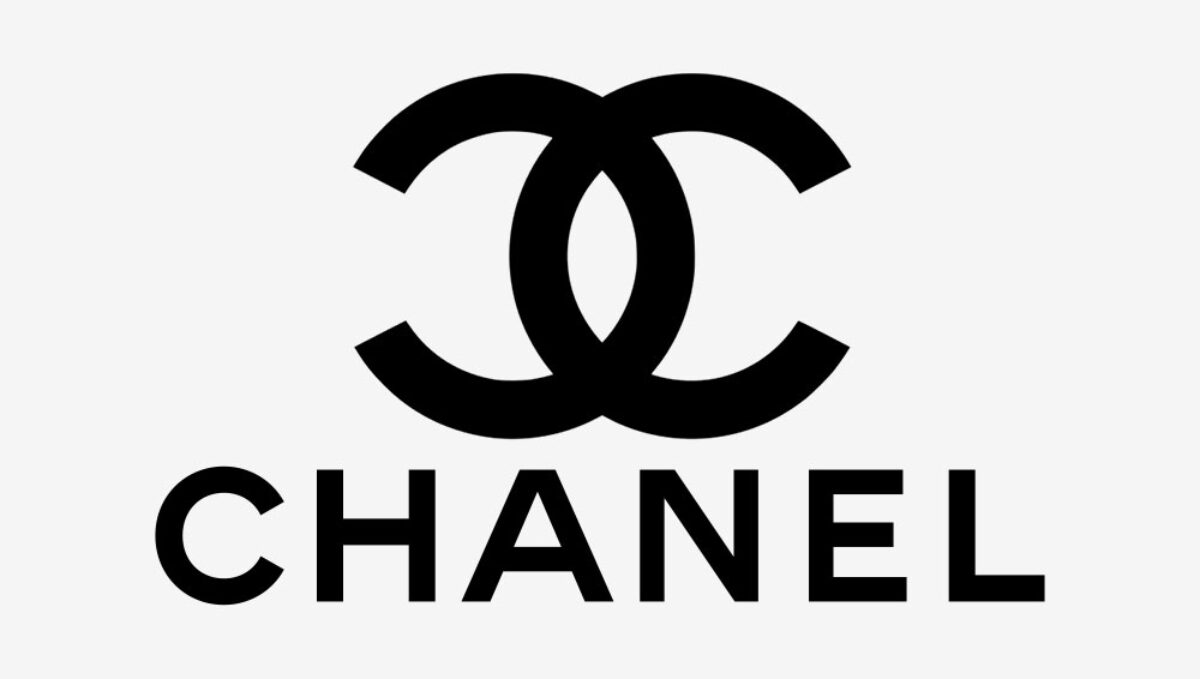








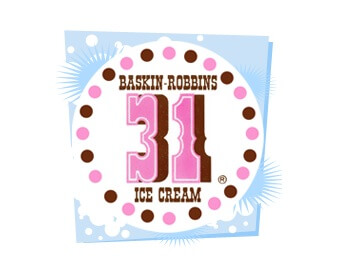

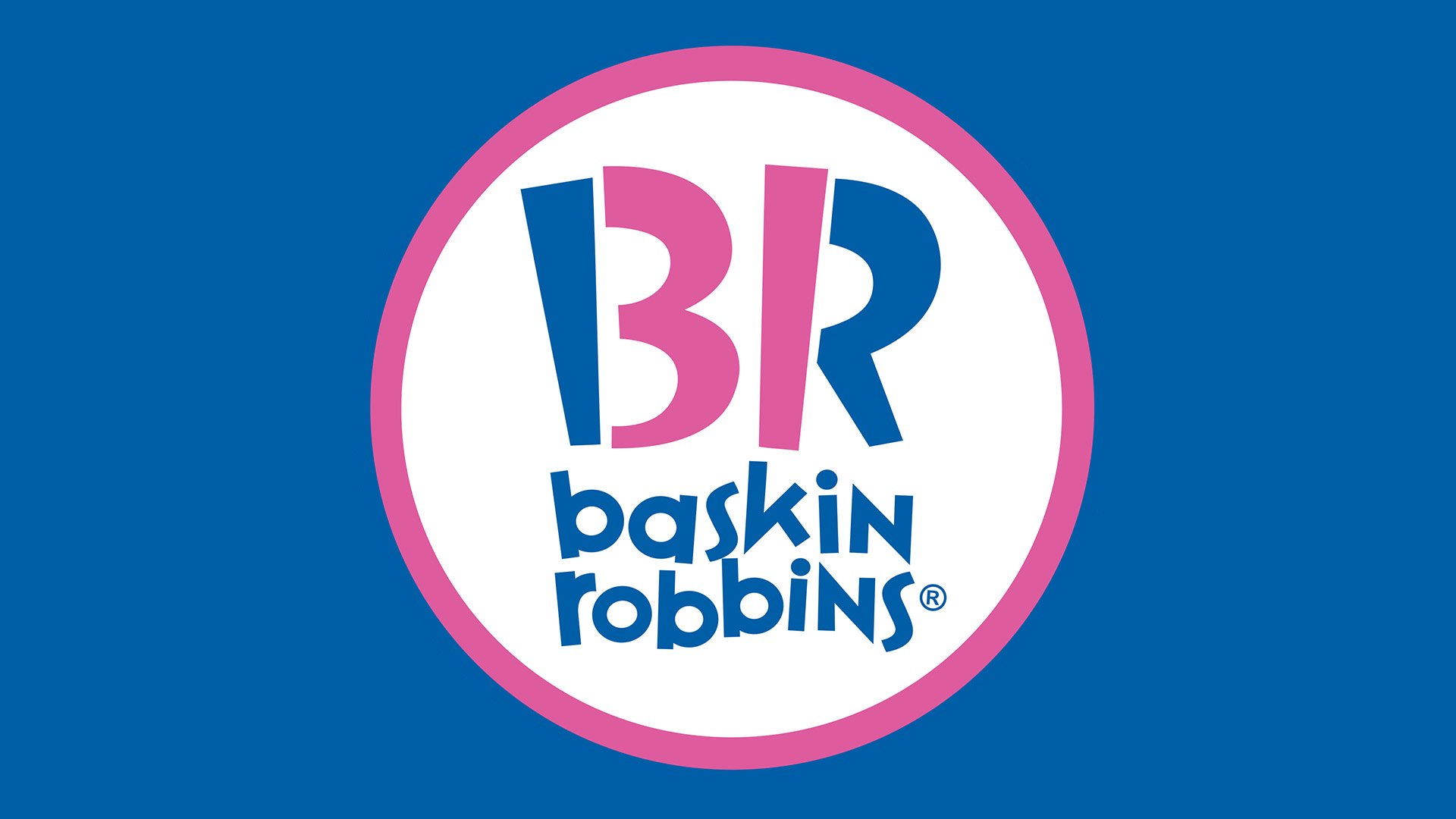


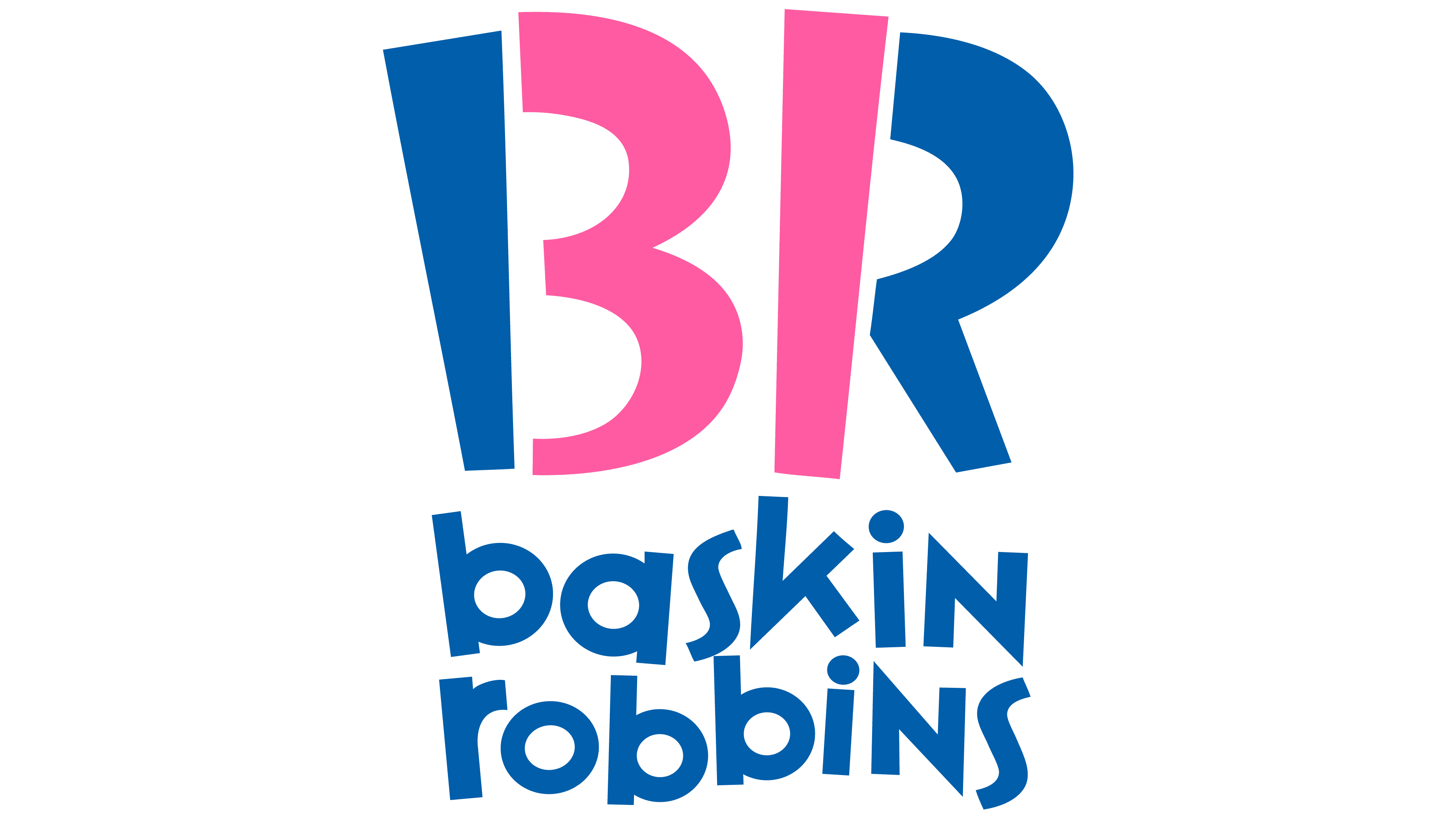


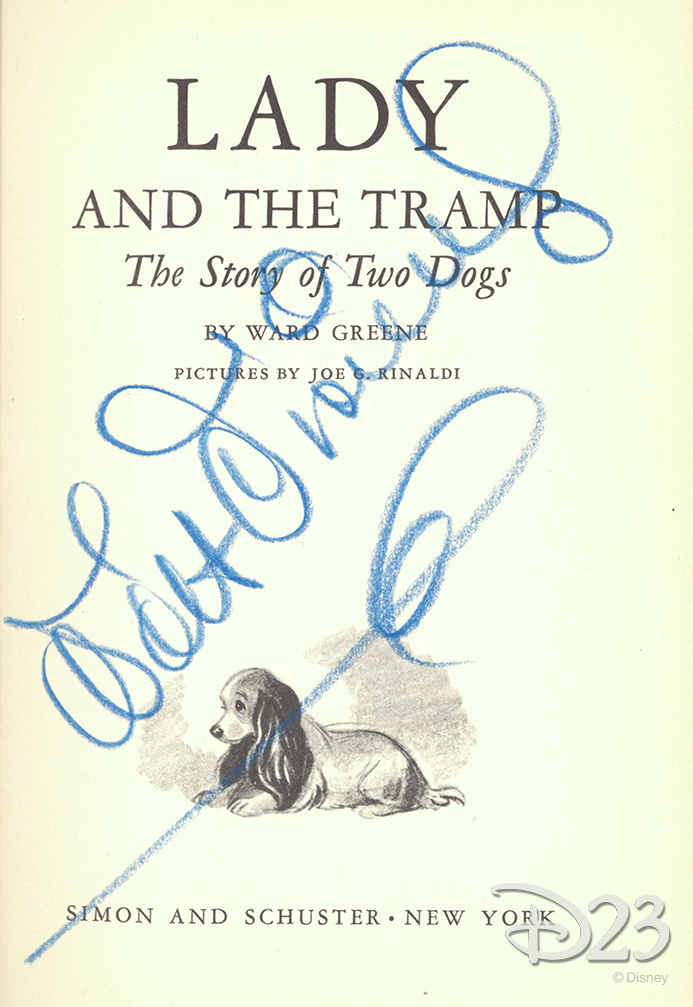
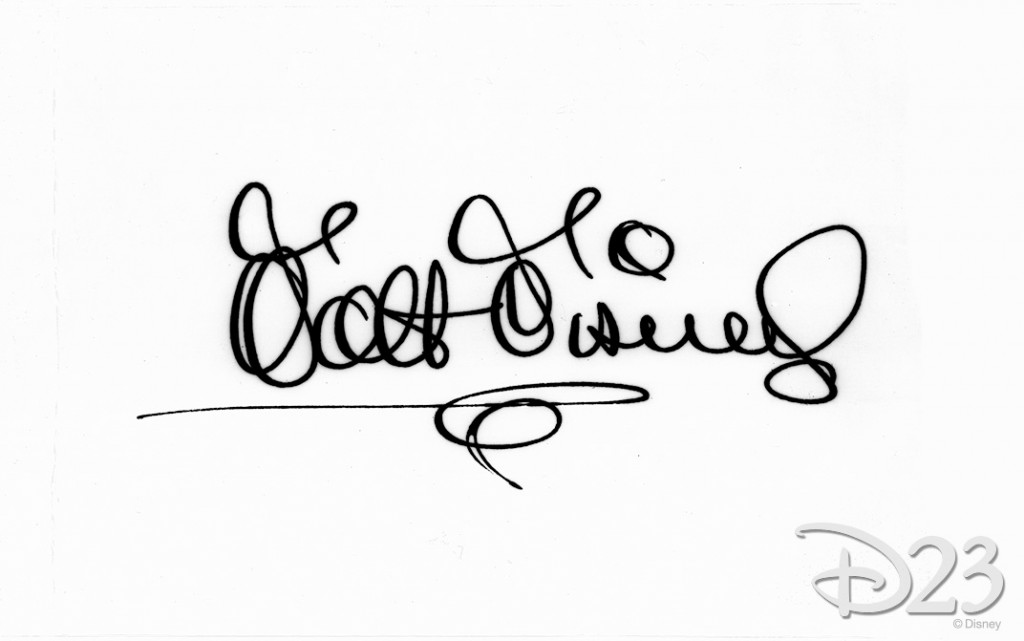
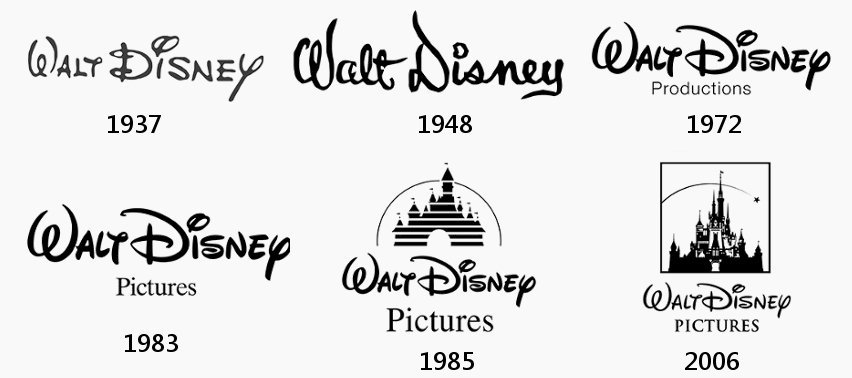

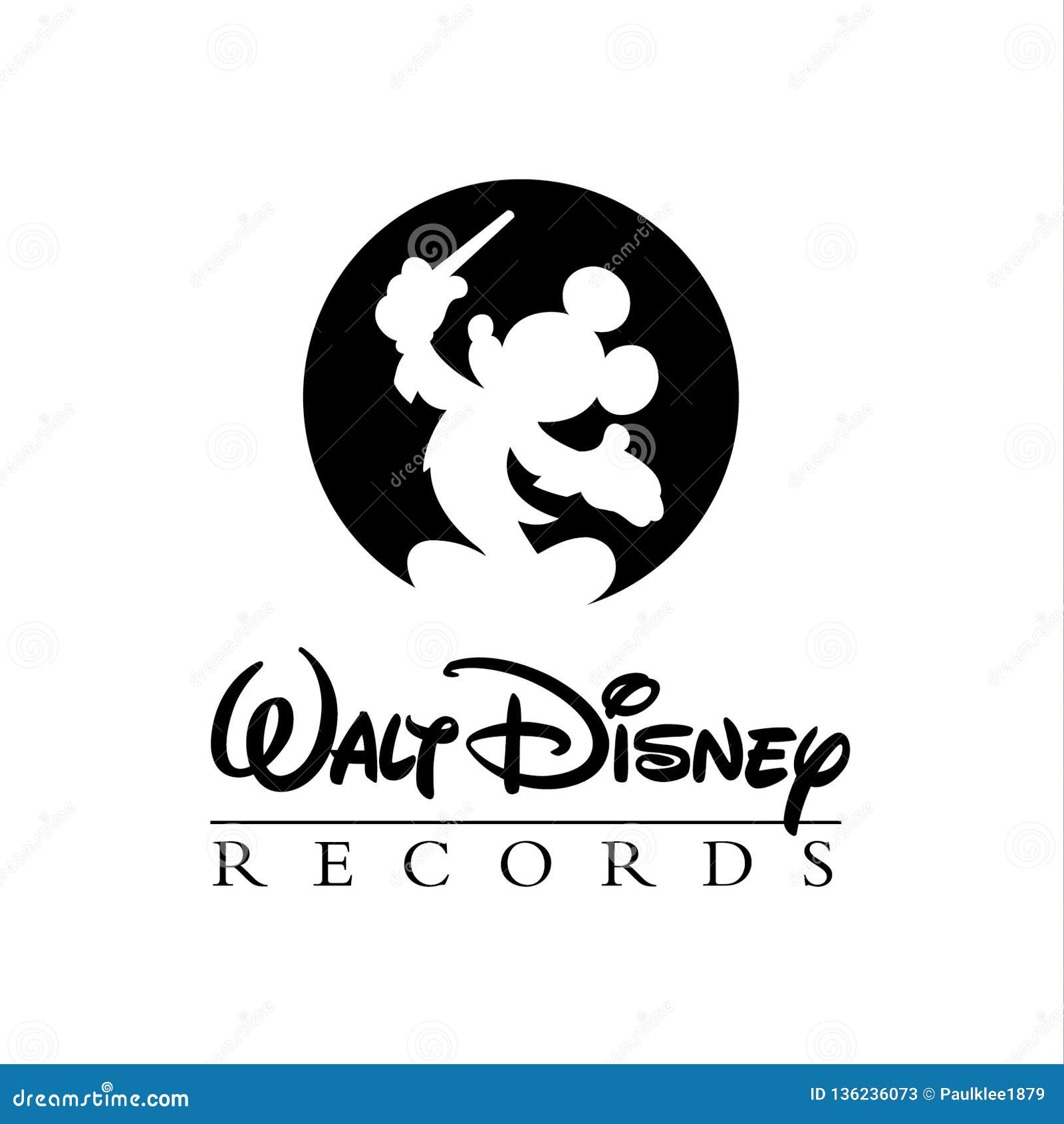
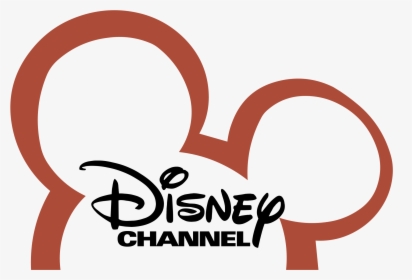
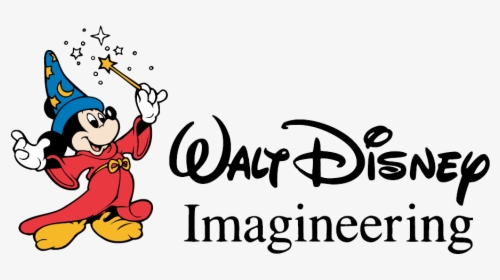


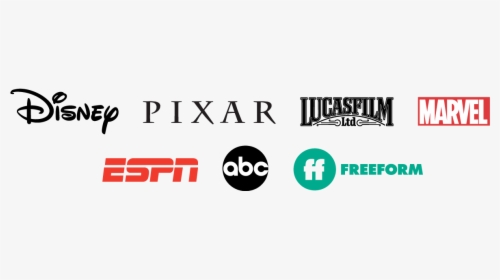
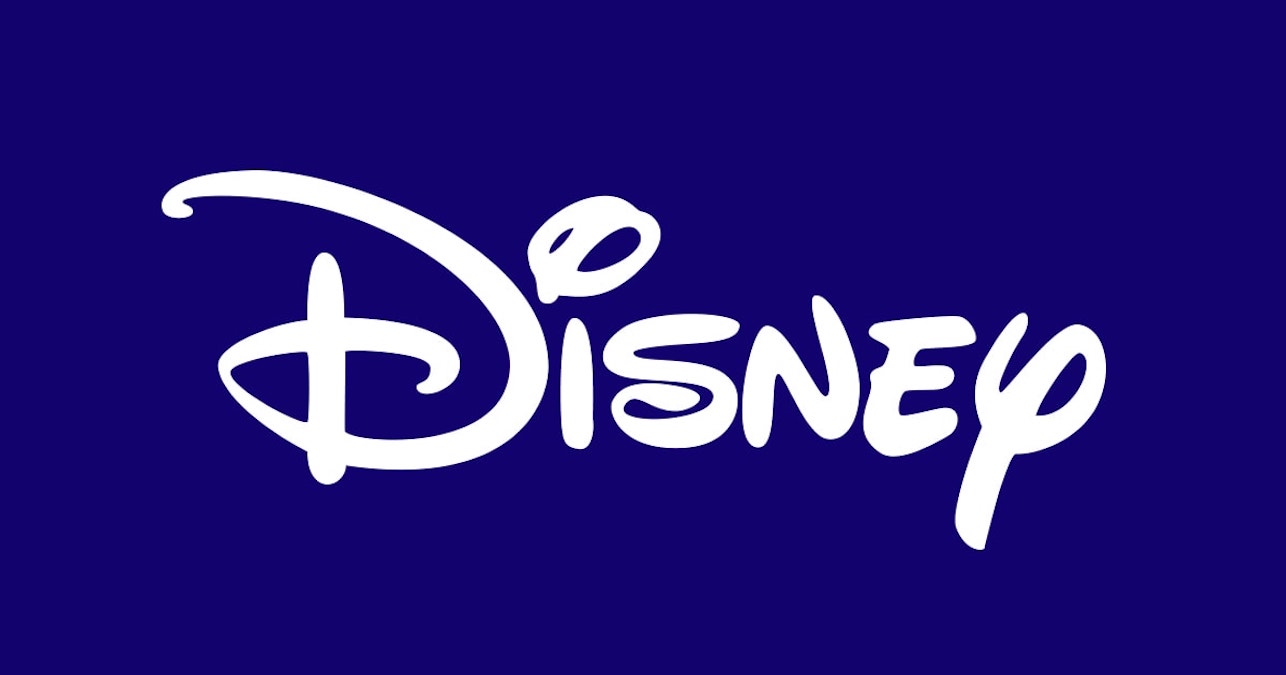










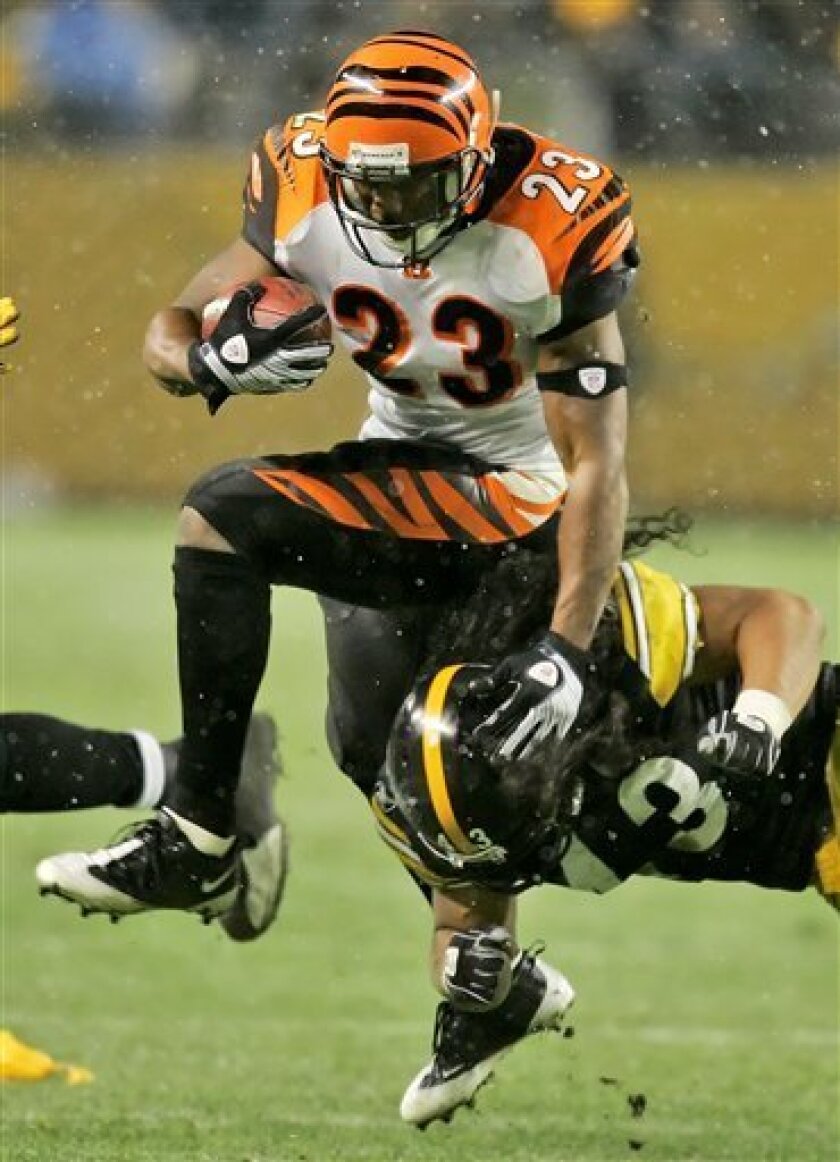




/cdn.vox-cdn.com/uploads/chorus_image/image/69149988/EzVr1QoUYAIxZ6B.0.jpg)




